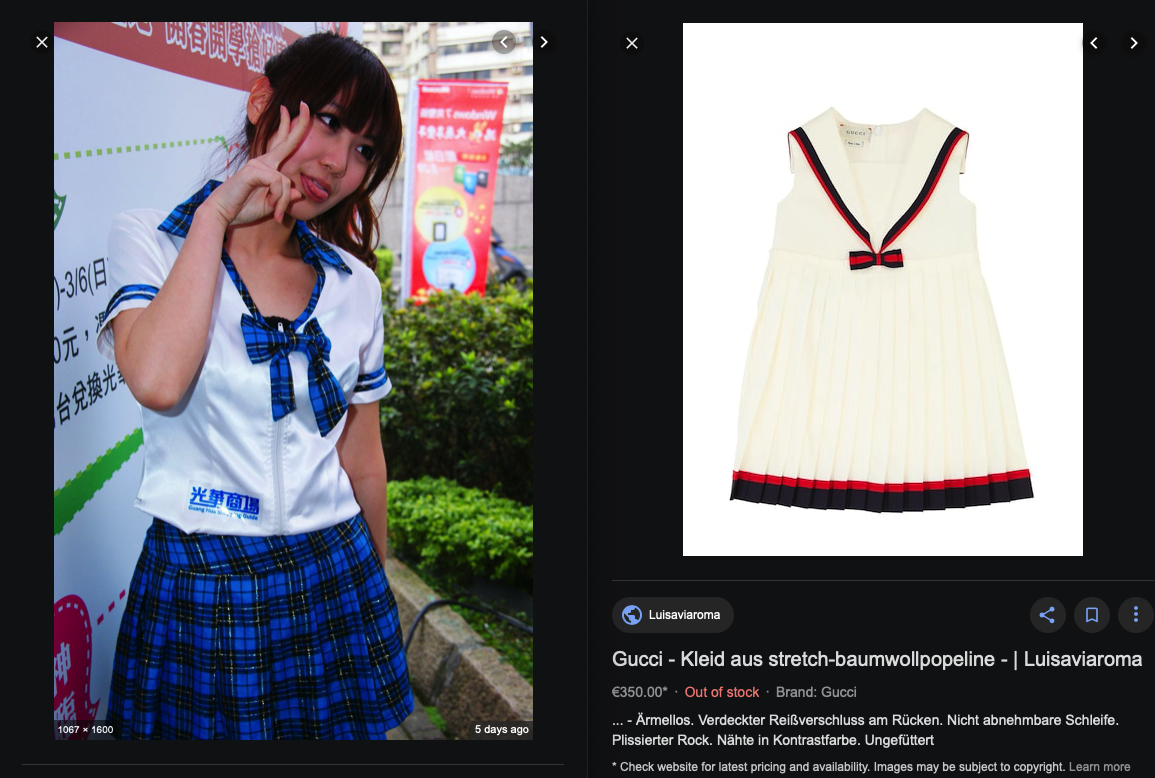Value of a brand
General definition of a brand
If you try to look up the term "brand", you will find a multitude of definitions, some of which are different. Probably the greatest common multiple is the finding that "brand" is used as a term in marketing and describes all the characteristics in which objects associated with a brand name differ from competing objects of other brand names.
The objects are classically goods and services, but increasingly also companies, individuals, municipalities and sports teams. Purchase-decisive characteristics are referred to as "brand-determining". The legal application of the term "brand" refers only to a legally protected indication of origin ("trademark"). According to the classical understanding of a brand, it is sufficient if the interested parties and purchasers of a product are able to identify the manufacturer by means of trademarks.
Value creation of a brand
From the above "general definition", one of the most accurate factors of brand decay in the porcelain industry, as well as many other industries, can be derived: Branded products must be distinguishable from competing objects. Unfortunately, very few products do so. Only a small, green crocodile turns a vile polo shirt into an expensive branded article. Its customer buys nothing to wear, but an object of self-expression.

If the company Gucci succeeds thus to bring a designer dress with EUR 350.00 to the man, and/or to the woman, which finds the Design origin in a Chinese school uniform that costs converted EUR 6.00 in the country of origin, then this symbolizes the creation of value of a mark.
In the end, "brand" can be defined relatively easily: Brand is whoever achieves a higher purchase price for his product because the brand name itself adds value to the article! In this sense we bow to all porcelain brands that succeed in selling their tableware at higher prices than comparable products of other manufacturers.
Decay of the marks
From the above "general definition", one of the most applicable factors of brand decay in the porcelain industry (as well as many other industries) can be deduced as a matter of course: Branded products must be distinguishable from competing products.
Now, unfortunately, the plate is standing on the table with the opposite side of its brand name on the table. This obstacle to brand identification alone makes it difficult for "porcelain premium brands" to maintain their brand status. And especially with white tableware, the above-mentioned product differentiation is hardly noticeable to the consumer.
And when a super talent like Pierluigi Coppo, boss and owner of Rosenthal Porzellan, announces in the press "...In countries like Hungary, Romania, Poland, Portugal or China, which also produce porcelain and use the same machines as we do... made quite good quality at very low prices. In addition, there would be restrictions in Germany such as taxes, legal regulations, labor law requirements...."
we thank him very much for his support of our sales work. The European Commission already stated in 2012 that generic porcelain - like Holst Porzellan's - is in many cases not inferior in quality to expensive branded products.

Germany as a brand
Occasionally one hears, products "larva in Germany" are again large in the coming and qualitatively superior all other countries. Also with us in the porcelain industry. After the anniversary "300 years of German porcelain" in 2010, the trade journals reported on a new, German brand trend in porcelain!
The English and international term for porcelain is "Chinaware", which is a combination of the words China and Ware, with a graceful sound, which denotes the white gold from Asia! According to records, it was developed in China some 3,800 years before Johann Friedrich Böttger, when he claimed to have invented porcelain in 1706, as is celebrated in this country as the forefather of German porcelain.
In reality Böttger (1682-1701) was an alchemist and charlatan himself, who boasted of gold-making and instead of the promised gold he just brought it to Zigelkeramik. In today's parlance, one would say that Böttger was convicted of the fraud several times. In the 21 years of his creative power, he ultimately only succeeded in copying what the Chinese had been able to produce for more than 3,000 years before him. You can find more about this on Wikipedia and in this product information under History of porcelain.
A German liver sausage, a German car or a German beer actually produces with "Germany" a buyer expectation, which indicates a special taste, maturity, function, or a long shelf life - usually with good reason, because it is a "typically German product" mostly with an ancient, historical background and a decade-long product experience. It describes the origin.
It is precisely this circumstance that underlines the claim of China, Vietnam and some neighboring countries to the domain of porcelain. Porcelain is not only cheaper there, but is simply produced differently and more efficiently - and has been for more than 5,000 years. They invented it, we just copied it.
In times of globalizing, transparent and constantly changing markets, it was and is a bad mistake to present a simple consumer good with the seal of quality Germany.
Today, Holst Porzellan uses German machines, German recipes and even German raw materials to produce our premium quality. The presses, ovens and machines are regularly maintained and modernized by German engineers or retrofitted with German computer technology. As a German company, we sell our German design, German developments and German quality management to the German gastronomy industry.
Just like WMF, Rosenthal or Mitterteich we rightly use the name Holst Porzellan/Germany.
Obituary for the brand porcelain
The "Made in Germany" gained its significance after World War I through the British, who boycotted goods of their war opponent Germany with this label. After the 2nd World War, this label accompanied the economic rise of the Federal Republic of Germany and enticed its products to demand quality and durability at a high level.
Many former "German brands" now only use the name to facilitate market entry for foreign manufacturers. More than 3/4 of all German porcelain factories no longer exist today.
Ever since Marco Polo carried porcelain to court in Europe, it has been considered a symbol of wealth and power. Every aristocratic family that had something to say subsidized its own porcelain brand. Meissen, Royal Copenhagen, Royal Prussian Porcelain Manufactory (KPM), Fürstenberg, Ludwigsburg, Herend, Augarten and many others attained their splendor in this way. In modern times, the financiers changed into banks and investment fonts, to the extent that the brands still produce their own porcelain. The most popular subsidy pit for porcelain in Germany in 2016 was Meissen itself, which as the birthplace of German porcelain is even financed by the state. German porcelain for table & table reached its zenith as early as 1973.
The change in values has also hit porcelain hard and the majority of all German brands have simply failed to make the transition to a cost-conscious consumer market. How much brand care can a simple plate withstand, how much does the customer pay for production perfection? In the majority of cases, porcelain is just a simple object of everyday use that benefits from its shape, design and above all from what it serves.
The Boy Scouts, Aunt Emma, the beer table bet and the wedding table with crystal, silverware and fine porcelain are almost extinct. The inherited, noble porcelain service, once cared for and guarded for decades, lies like lead on flea markets and eBay. Even when almost given as a gift, it is no longer held in high regard. This time is simply over.
Read more about how the brand Holst Porzellan was established.
